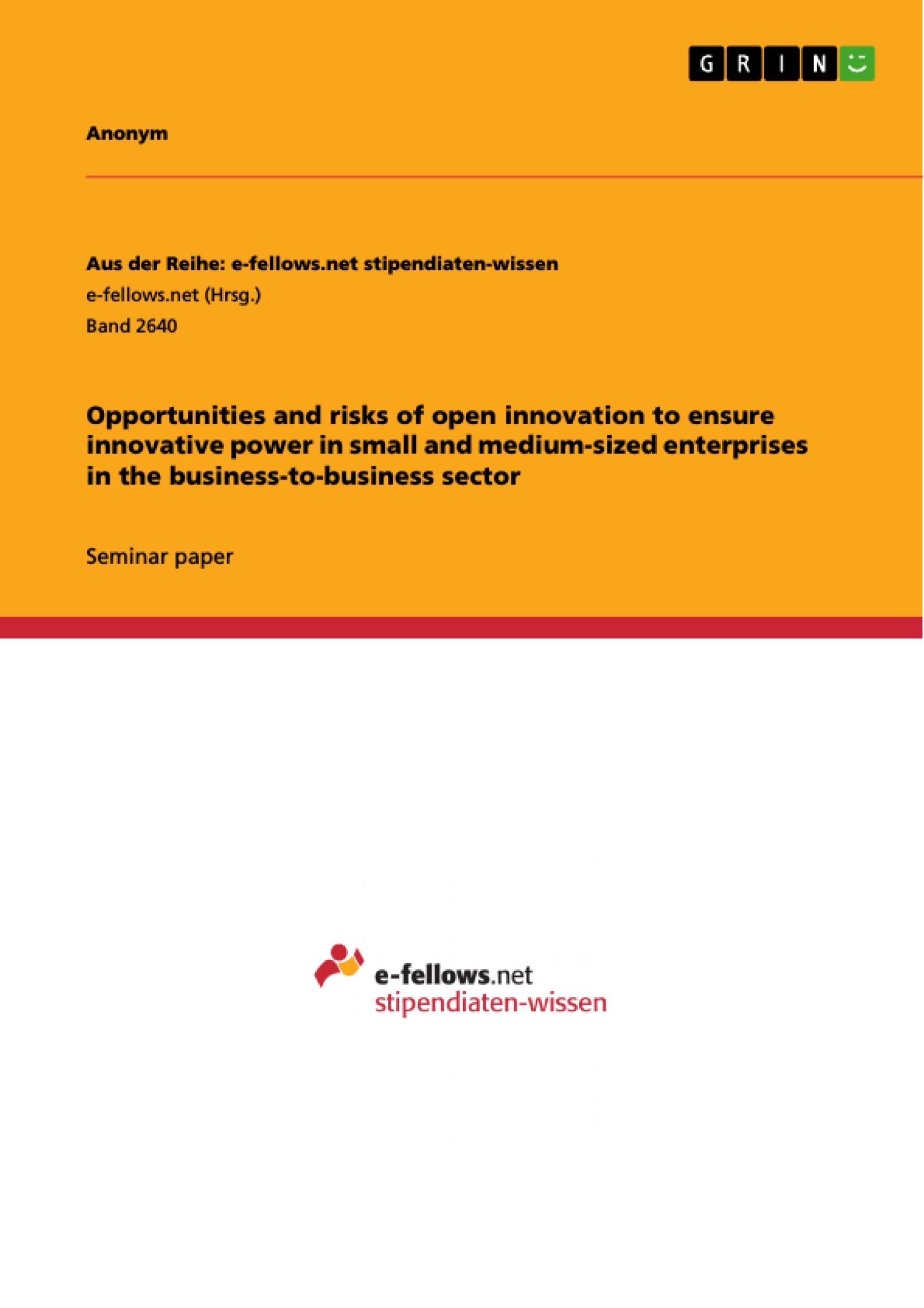In earlier days, creating innovation took mainly place behind closed doors in the R&D department of a company. However, over the course of time, globalisation opened doors to new technologies, to the global exchange of knowledge, increased the mobility of labour as well as the number of competitors in the market. The innovation environment has transformed and nowadays, ongoing innovation is a critical factor for companies to survive in the extremely competitive business environment.
When hearing innovation, many people directly think about the outcome after a creative session within a company. However, reality is slightly different and innovation appears not simply in a sudden moment and actually requires sometimes more than one party to come to a new idea. Adding more complexity to this issue, many companies struggle to afford these innovation activities on their own. Consequently, many companies make use of collaborations in form of open innovation to cope with the high pressure for ongoing innovation. Vitasek (2015) concludes that innovation and collaboration is no longer an “either-or” approach and already converged into a stabile construct over the past years. Some journals even state that ‘sharing ideas and processes side by side within the same facility is often no longer an option’ (Harvard Business Review Analytic Services, 2011).
Especially small and medium-sized enterprises (SME) with lower Research and Development (R&D) budget and less capacity for new innovations do struggle with increased complexity which is even more intense in the business-to-business (B2B) sector. SMEs must consider to reposition themselves to make strategic use of open innovation as an essential method for their survival. In this context the question arises what are opportunities and risks of open innovation for SMEs in the B2B sector and which open innovation model enhances the innovative power in SMEs most efficiently? This research question will be solved throughout the paper: First, some literature will be reviewed to create background knowledge of the constructs. Second, opportunities and risks of different open innovation mechanisms will be weighed and finally, the most efficient one(s) will be concluded.
- Citation du texte
- Anonyme,, 2017, Opportunities and risks of open innovation to ensure innovative power in small and medium-sized enterprises in the business-to-business sector, Munich, GRIN Verlag, https://www.grin.com/document/385941
-

-

-

-
Téléchargez vos propres textes! Gagnez de l'argent et un iPhone X. -

-
Téléchargez vos propres textes! Gagnez de l'argent et un iPhone X. -

-
Téléchargez vos propres textes! Gagnez de l'argent et un iPhone X. -

-
Téléchargez vos propres textes! Gagnez de l'argent et un iPhone X. -

-
Téléchargez vos propres textes! Gagnez de l'argent et un iPhone X. -

-
Téléchargez vos propres textes! Gagnez de l'argent et un iPhone X.

